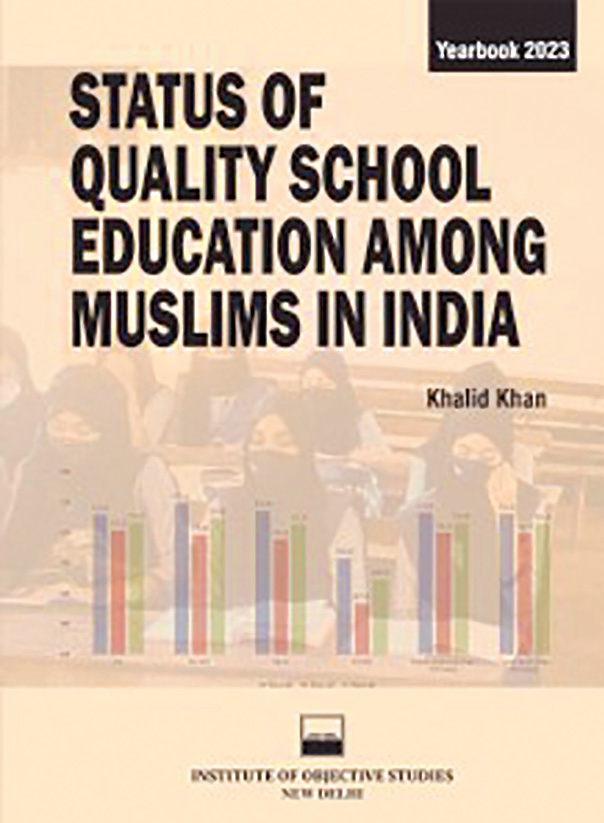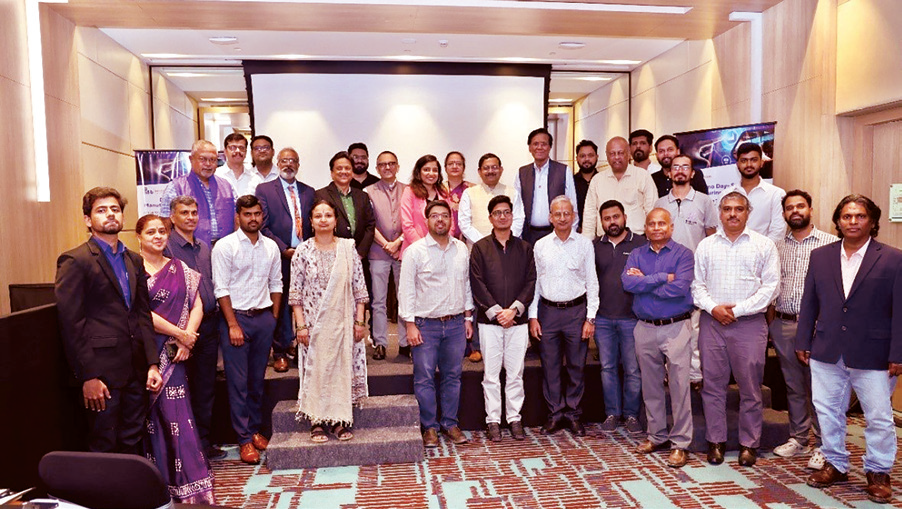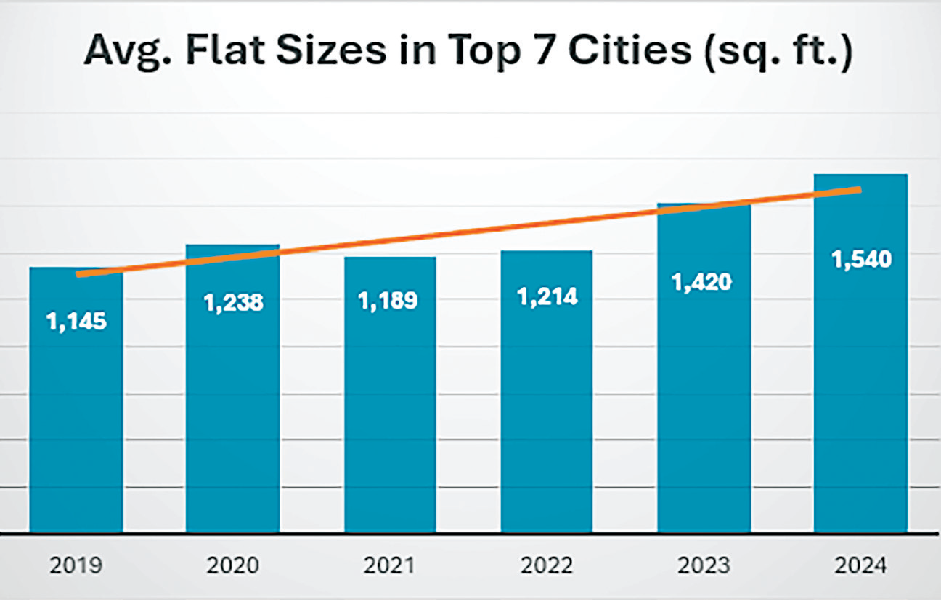
Ensuring Quality School Education to Muslims
Barring the General Enrolment Ratio at the elementary level, Muslim lag behind all other social groups in education. Ensuring quality education should be the prime objective of their effort.
Education is key to economic development, better social organization and higher and effective political participation. Muslims who constitute 14% of India’s population lag behind most of other social groups in all three sectors. The “Status of Quality School Education Among Muslims in India—Yearbook 2023” by the Delhi-based Institute of Objective Institute holds mirror to the status of Muslims in matters of quality education. Author Khalid Khan has painstakingly gathered data and compiled it to focus on quality of education being imparted in Minority Concentrate Districts in India. Most data has been collected from various official sources to etch to broad relief the status of the quality of education being imparted to Muslims. It is now well realized that low performance in education is the foremost reason for backwardness of Muslims in India.
Desai’s study (2008) based on data covering nearly 20 years, finds declining gap between Dalit, Adivasis, and ‘others’ in terms of completing primary school education. But such improvement is not seen with regard to Muslims minority. NSSO data reveals that inequality in higher education is substantially high. Also students’ religious background, eligibility, and economic status are important factors in determining access to education in the Indian context. Of late, the realization is dawning that not merely access to education, but quality of education contributes to development indices of a community. Quality is measured by learning outcomes, facilities and services available to the students in schools. Deficiency on this score leads to dropout among students. This happens mainly among underprivileged groups.
Sachar Committee report (2006) had pointed out that Muslims lag at every level of education. It found that only one out of 25 UG students and one out of 50 PG students were Muslims. Christians were far ahead of every other religious group in terms of overall enrollment in higher education and Muslim lag behind all the other religious groups. One important impediment is unavailability of education through mother tongue medium which happens to be Urdu in most the Hindi states. Higher fee charged by English medium school is often unaffordable. Low quality of education and low availability of schools thus contributes majorly to unequal access to quality school education. From 1987 onwards, the government adopted selection of Minority Concentrated Areas for providing better amenities. In 1987, 41 districts were selected for the purpose. After Sachar report, 90 Minority Concentrated Districts (MCDs), 710 Minority Concentrated Blocks (MCBs) and 66 Minority concentrated Town (MCTs) were selected for Multi-sectoral Development Programme (MsDP) between 2013-14 and 2017- 18.
Majority of these identified districts (57%) belong to five states namely UP, Bihar, Jharkhand, West Bengal and Assam. The report finds that the General Enrolment Ratio (GER) of Muslim minority in elementary education is on par with other religious and social groups, with GER for Muslim females being a little behind the Muslim males. But this plummets at the Secondary and Higher Secondary (SHS) level. Muslim among religious groups are lagging behind other groups. Muslims are performing better in those state which perform better in matters of enrolment such as Maharashtra and all south Indian states, but are lagging behind in low performing states such as Uttar Pradesh, Bihar, Madhya Pradesh, Jharkhand, Uttarakhand etc. Of the total number of recognized madrassas, 40.5% are located in MCDs. They are mostly imparting elementary level of education and therefore do not help secondary education among Muslims.
Spatial distribution of madrassas is skewed. For instance, in UP, 25% of all madrassas are situated in two districts of Moradabad and Amroha. Three other districts, namely Bijnor, Saharanpur and Bhopal comprise another one-fourth of madrassas in MCDs across India. If only there is a targeted effort to improve infrastructure and coaching facilities in these five districts, it can tremendously boost quality school education. Modernization of madrassas can play a vital role in improving the educational profile of the community. But such initiatives are either not encouraged by Muslim themselves or not adequately appreciated. Low availability of trained teachers is a factor of concern in the MCD areas. This is specially so in north-eastern states, Jharkhand and Maharashtra. The report has been published by Genuine Publication & Media P. Ltd, B-35, Ground Floor, Nizamuddin West, New Delhi-110013.
 English daily published in Bengaluru & Doha
English daily published in Bengaluru & Doha






